Mercedes Certified Repair: Airbag Safety Verified Post-Collision
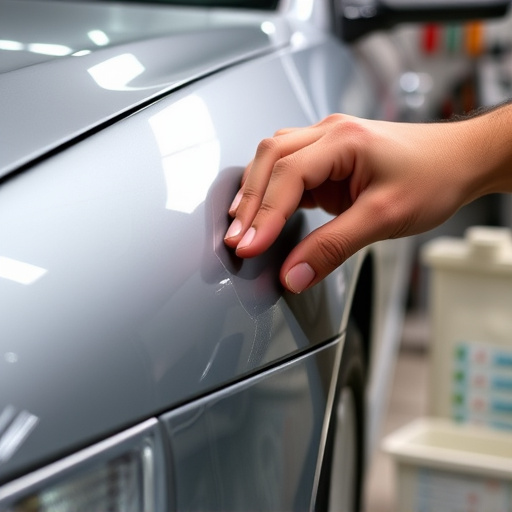
Mercedes certified collision repair ensures vehicles meet highest quality and safety standards throu…….
In the realm of automotive excellence, Mercedes-Benz, a name synonymous with luxury and innovation, has established a stringent standard for collision repair. ‘Mercedes certified collision repair’ refers to the specialized process of restoring damaged Mercedes vehicles to their pre-accident condition, ensuring both structural integrity and aesthetic precision. This meticulous art combines cutting-edge technology, skilled craftsmanship, and a deep understanding of the brand’s intricate designs. The following article aims to take readers on an in-depth journey through this complex yet crucial aspect of automotive servicing, exploring its history, global impact, technological advancements, regulatory framework, and future prospects. By delving into these aspects, we uncover why Mercedes certified collision repair is not merely a service but a testament to the brand’s unwavering commitment to quality and customer satisfaction.
Definition and Core Components:
Mercedes certified collision repair is a specialized process that involves the restoration of Mercedes-Benz vehicles post-collision or damage. It encompasses several critical steps:
Assessments: Skilled technicians conduct thorough inspections to identify structural damage, assess the need for parts replacement, and determine the overall repair scope.
Structural Repair: This includes straightening bent frames, repairing or replacing damaged panels, and ensuring precise alignment to maintain the vehicle’s safety and handling characteristics.
Bodywork and Painting: Skilled body technicians meticulously restore the exterior, utilizing original equipment manufacturer (OEM) parts to match the vehicle’s exact specifications. The painting process is a meticulous art, aiming for a flawless finish that mirrors the car’s original color.
Electronic and Mechanical Systems: With advancements in technology, modern Mercedes vehicles have complex electronic systems. Certified repair centers ensure these systems are properly calibrated and restored to optimal performance after a collision.
Quality Control: Rigorous quality checks at each stage guarantee that the repaired vehicle meets Mercedes-Benz’s high standards.
Historical Context:
The concept of certified collision repair gained prominence in the automotive industry as vehicles became more technologically advanced and expensive. Mercedes-Benz, known for its precision engineering and attention to detail, was among the pioneers in establishing rigorous standards for collision repair. In the 1980s, the brand introduced specialized training programs and certification processes for technicians, ensuring that repairs maintained the integrity of their renowned craftsmanship. Over time, these standards evolved, incorporating new technologies, materials, and safety regulations, solidifying Mercedes’ position as a leader in certified collision repair.
Significance:
Mercedes certified collision repair holds significant importance for several reasons:
Mercedes certified collision repair has a profound international impact, influencing global automotive servicing standards. Here’s an overview:
| Region | Key Trends and Influences |
|---|---|
| North America | Stricter safety regulations drive the adoption of advanced repair techniques. The region leads in training and certification programs for technicians, ensuring high-quality repairs. |
| Europe | Environmental considerations shape collision repair trends. Many European countries mandate eco-friendly disposal methods for damaged vehicles and the use of recycled parts. |
| Asia Pacific | Rapid urbanization and a growing middle class increase vehicle ownership, driving demand for collision repair services. The region is witnessing an upsurge in modern repair facilities adopting digital technology. |
| Latin America | Economic factors influence repair practices. While traditional methods are prevalent, there’s a growing interest in certified repairs due to the increasing availability of training programs and the desire to enhance vehicle value. |
Regional Variations:
The Mercedes certified collision repair industry plays a significant role in global and local economies, with several economic aspects to consider:
Market Dynamics: The market is influenced by factors such as vehicle ownership rates, accident frequencies, and the age of vehicles on the road. In regions with high vehicle density and a significant number of older models, the demand for collision repair services increases.
Investment Patterns: Certified repair centers require substantial investments in equipment, training, and facilities. Original Equipment Manufacturers (OEMs) like Mercedes-Benz often partner with specialized repair shops to ensure their standards are met. These partnerships can drive economic growth and create job opportunities.
Economic Impact: According to a study by IHS Markit, the global collision repair market is valued at over $400 billion, with significant contributions from premium vehicle segments. Mercedes certified repairs, catering to the luxury market, contribute to this substantial economy.
Technological innovations have revolutionized Mercedes certified collision repair, improving efficiency, precision, and customer experience:
Digital Imaging and 3D Scanning: Advanced digital imaging techniques and 3D scanning technology enable precise measurements and damage assessments. These tools aid in accurate repairs and the use of original equipment parts.
Computer-Aided Design (CAD) Software: CAD systems assist technicians in creating detailed repair plans, ensuring consistent and high-quality work. This technology streamlines the repair process and reduces errors.
Robotic Welding: Robotic welding systems offer enhanced precision and speed during metal fabrication, resulting in stronger and more accurate welds.
Laser Technology: Lasers are used for precise cutting, grinding, and surface treatment, improving paint preparation and finish quality.
Advanced Painting Systems: Modern painting facilities employ robotic paint application systems, ensuring consistent coating and faster drying times. These systems also reduce the environmental impact by minimizing paint waste.
The automotive industry, including Mercedes certified collision repair, is subject to various policies and regulations that shape its development:
Safety Standards: Organizations like the National Highway Traffic Safety Administration (NHTSA) in the US and the European Union’s (EU) Vehicle Safety Authority set safety standards for vehicle construction and repair. These standards ensure that repaired vehicles meet strict criteria for structural integrity and passenger protection.
Environmental Regulations: Many countries have stringent environmental policies regarding vehicle disposal, recycling of materials, and emission standards. For instance, the EU’s End-of-Life Vehicles Directive (ELV) mandates responsible recycling practices.
Consumer Protection Laws: These laws protect consumers’ rights and ensure fair business practices in collision repair services. They regulate pricing transparency, dispute resolution, and warranty coverage.
Training and Certification Programs: Governments and industry bodies encourage or mandate specialized training and certification for technicians to maintain quality standards. For instance, I-Car (Inter-Industry Conference on Auto Repair) offers certification programs globally.
Despite its many advantages, Mercedes certified collision repair faces several challenges and criticisms:
Cost: Certified repairs can be more expensive due to the specialized skills, advanced equipment, and use of original parts required. This may deter some customers who seek more budget-friendly options.
Accessibility: In remote areas or regions with limited infrastructure, accessing certified repair facilities can be challenging, leading to delays in vehicle restoration.
Training and Retention: Maintaining a skilled workforce is crucial for high-quality repairs. Ensuring continuous training and retaining experienced technicians can be a significant challenge.
Proposed Solutions:
The following case studies highlight successful implementations of Mercedes certified collision repair, showcasing its transformative potential:
Case Study 1: Luxury Brand Restoration
A premium automotive dealership in the US faced a challenge when several high-end Mercedes vehicles were damaged in a local accident. They partnered with an accredited collision repair center known for its expertise in luxury brands. The center employed advanced scanning technology to assess each vehicle’s damage, ensuring precise repairs. Using genuine Mercedes parts and following the brand’s restoration guidelines, they successfully restored the fleet to their pre-accident condition. This partnership not only satisfied customers but also enhanced the dealership’s reputation as a provider of superior service.
Case Study 2: Community Impact in Urban Areas
In a bustling metropolitan city, an independent collision repair shop focused on serving the local community. They partnered with Mercedes-Benz to offer certified repairs at competitive rates. By providing training and employment opportunities for underprivileged youth, the shop not only improved its reputation but also contributed to social development. This initiative demonstrated that certified collision repair can have a positive impact on both vehicle owners and communities.
Case Study 3: Post-Disaster Recovery
After a natural disaster struck a coastal town, many residents’ vehicles were severely damaged. A local Mercedes certified repair center stepped up, offering free assessments and temporary accommodation for affected residents while their vehicles were being restored. This community-focused approach not only helped residents get back on the road but also solidified the repair center’s position as a trusted partner in times of crisis.
The future of Mercedes certified collision repair is filled with potential growth areas and emerging trends:
Digital Transformation: The industry will continue to embrace digital technology, including advanced diagnostics, remote vehicle assessments, and online booking systems, enhancing customer convenience.
Sustainable Practices: Environmental considerations will remain a focus, driving the adoption of eco-friendly materials, recycling programs, and sustainable business models.
Autonomous Vehicles: As autonomous vehicles become more prevalent, collision repair centers will need to adapt their services, addressing unique challenges related to these advanced vehicles.
Remote and Mobile Services: The demand for mobile repair services and remote diagnostics is expected to grow, especially in regions with dispersed populations.
Data Analytics: Utilizing data analytics can optimize repair processes, predict maintenance needs, and enhance customer engagement through personalized services.
Mercedes certified collision repair is a testament to the brand’s unwavering commitment to quality and customer satisfaction. It represents a specialized art that combines meticulous craftsmanship with cutting-edge technology, ensuring that damaged Mercedes vehicles are restored to their original excellence. From global trends to economic considerations, technological advancements to regulatory frameworks, this article has provided a comprehensive overview of this crucial aspect of automotive servicing.
As the industry continues to evolve, embracing digital transformation, sustainability, and innovative technologies, Mercedes certified collision repair will remain a cornerstone of the luxury automotive experience. By addressing challenges and leveraging emerging trends, collision repair centers can deliver exceptional service, foster customer loyalty, and contribute to the overall health of the automotive ecosystem.

Mercedes certified collision repair ensures vehicles meet highest quality and safety standards throu…….

Mercedes certified collision repair centers guarantee top-tier care for your vehicle using genuine p…….
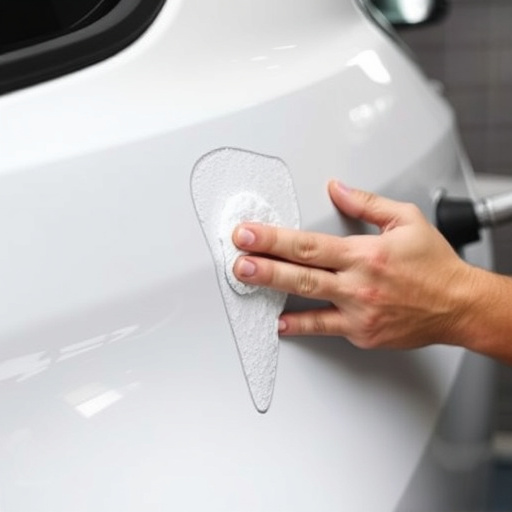
Using genuine Mercedes tools is essential for top-quality Mercedes certified collision repairs, ensu…….
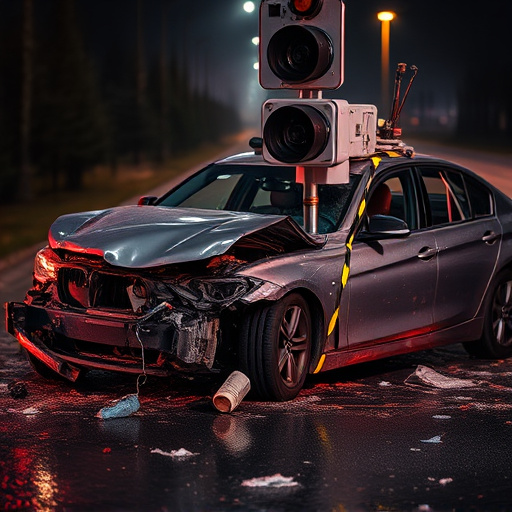
Mercedes certified collision repair sets new standards for body shops, especially for high-performan…….
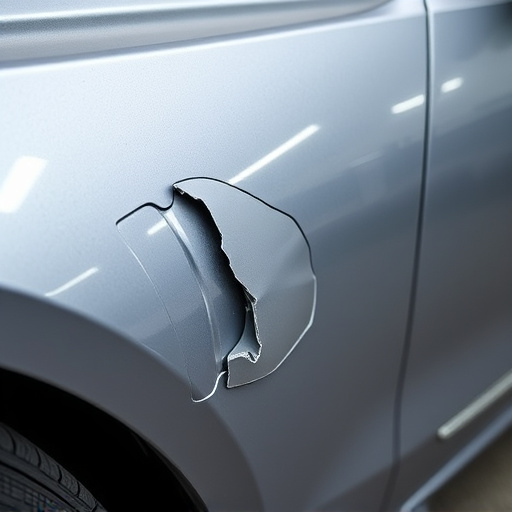
Mercedes certified collision repair sets a high standard for vehicle restoration, focusing on both s…….
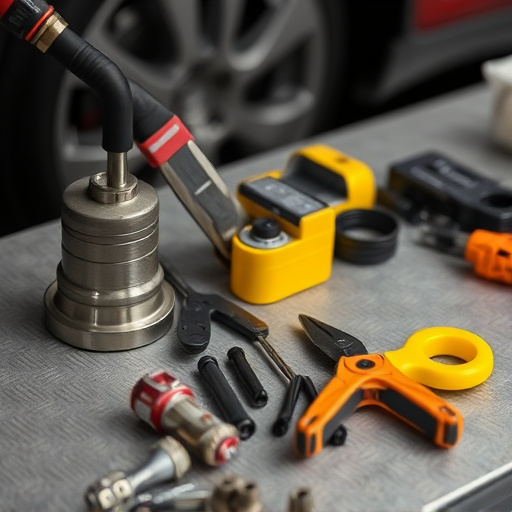
Mercedes certified collision repair combines advanced technology and classic artistry to restore veh…….
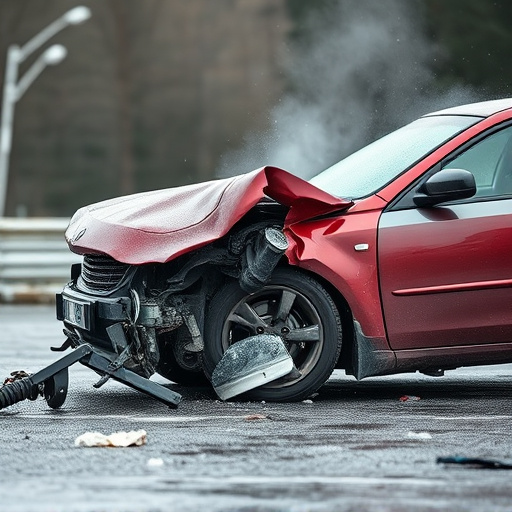
Mercedes certified collision repair sets industry standards with rigorous quality and safety protoco…….
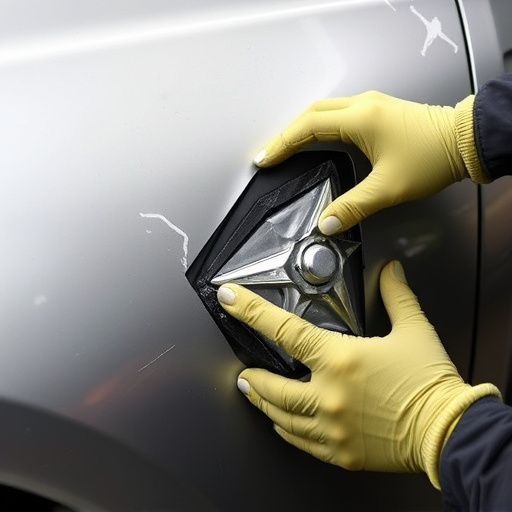
Mercedes certified collision repair emphasizes pre-scan diagnostics for meticulous restoration. Adva…….
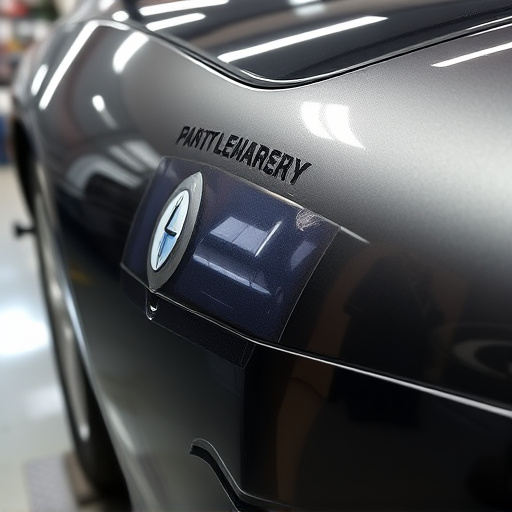
Mercedes certified collision repair ensures safety and reliability through rigorous inspections, use…….